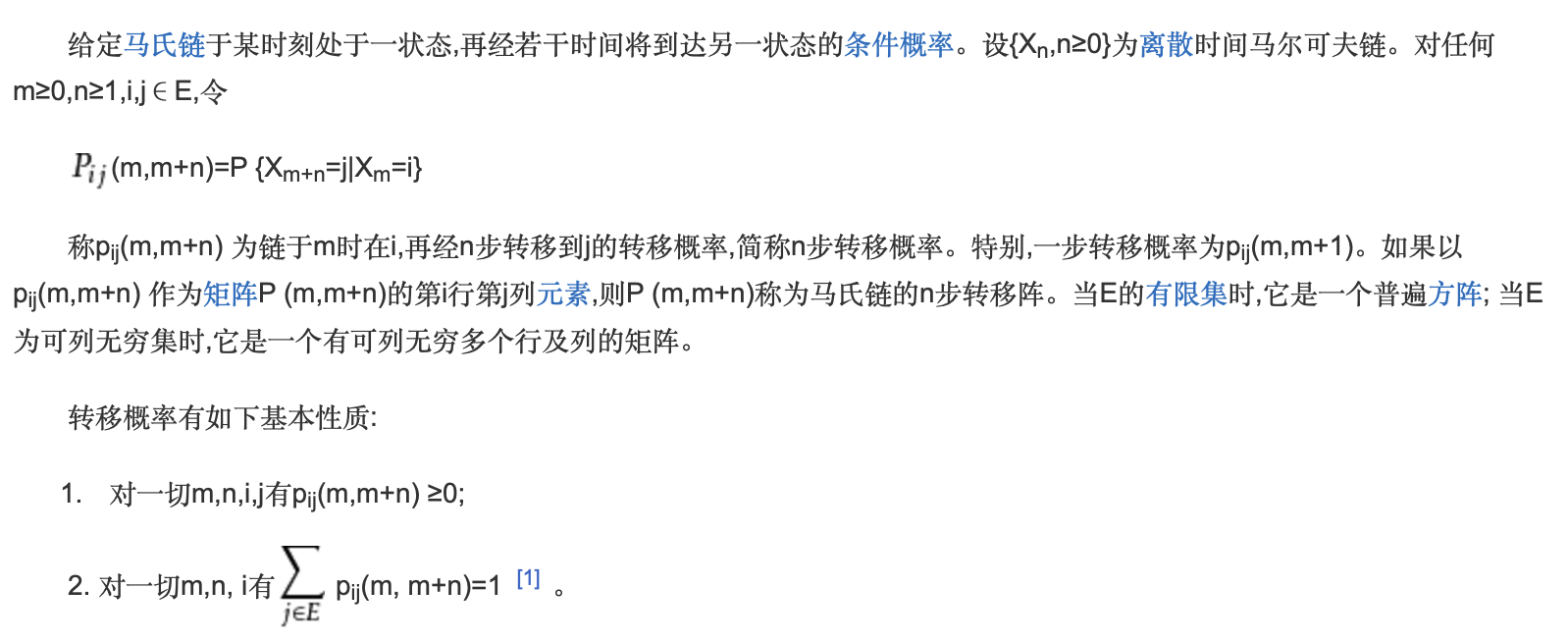Reinforcement Learning in Robotics- A Survey
Author: Jens Kober
Created: Jan 01, 2020 8:54 AM
Status: Reading
Tags: Reinforcement Learning
Type: Paper

Introduction
Brief summary
RL gives two things?
framework,toolsfor the designsophisticated&hard-to-engineerbehavior.Paper’s Focus?
1.
Model basedandfree;value function basedandpolicy searchmethods.
How it works apparently? in detail?
trial-and-error to discover autonomously.
provide
feedbackin terms of ascalar objective functionthat measuresone-stepperformance.
what called it “policy”?
A function π that generates the
motor commands. It based on some practical circumstances.RL’s aim?
to find a policy that
optimizesthe long term sum ofrewards(algorithm is to find a near optimal policy).
RL in ML
Supervised Learning & Imitation Learning?
- supervised L: a sequence of independent examples
- Imitation L: follow in GIVEN situations
What is the Reduction algorithm?
One
provensolution in some area,converting it into another, is the key for ML.a CRUCIAL fact in learning application?
existed learning tech, reduce problems to
simpler classification.Active researchsolves it.what information provided for RL?
chosenaction, not what - might - have - been.supervised learning’s problem?
any mistakesmodify the future observation.the same and different compared with imitation learning?
same: both
interactive,sequentialpredictiondifferent: complex
rewardstructures ( with only bandit style feedback on the actions actually chosen) . leadingtheoreticallyandcomputationally hard.same between RL and classical optimal control?
- to find an
optimal policyalso called the controller or control policy. - rely on a notion that is a
modeldescribestransitions between states.
- to find an
different between RL and classical optimal control?
classical:
break downbecause of model and computational approximations.RL: operate on
measured dataand rewards frominteractionwith theenviornment.it uses
approximationsanddata-driventech.
RL in Robotics
- 2 interesting points in robot learning sys?
- often uses policy search
- many based on model based. Not for every adapted.
- 2 interesting points in robot learning sys?
Techs
brief summary
basic work process?
maximize the accumulated reward, the task is
restartedafter each end of an episode.If it doesNOThaveclear beginning, optimizing thewhole life-time&discounted return.reward R based on ?
a function of the
stateandobservation.what is the
GOALof RL?to find a
mappingfrom states to actions( policy π ).2 form of policy π? detail?
deterministic or probabilistic. D mode uses exact
sameaction for a given state; P modedraws a sample from a distribution.Why RL needs the
Exploration? where it can be found?because the relations between states, actions, and rewards.
- directly embedded in the
policy - separately and only as part of the
learning process.
- directly embedded in the
Basic method in RL?
Markov Desicsion Process ( MDP ).
S: State;
A: Action;
R: Reward;
T: Transition probabilities or densities in the continuous state case
越迁概率
转移概率是马尔可夫链中的重要概念,若马氏链分为m个状态组成,历史资料转化为由这m个状态所组成的序列。从任意一个状态出发,经过任意一次转移,必然出现状态1、2、……,m中的一个,这种状态之间的转移称为转移概率。

the Meaning of
T (s′, a, s) = P (s′|s, a)?next state s
** and the rewardonly depend`on the previous state **s and action a.two different types for using rewards function’s depending?
- only on the current state R=R(s, a)
- on the transitions R = R( s`,a, s).
Goals of RL
to discover an optimal policy π∗ that maps states (or observations) to actions so as to maximize the expected return J.
finite-horizon model
maximize the expected reward .
a discount factor
γ- affect how much the future is taken into account
- tuned manually
γcould lead some problemscharacteristic:
myopic
greedy
poor performance, unstable optimal control law( low discount factor ).
conclusion:
inadmissible
average reward criterion
γ replaced by
1/Hproblems:
- cannot distinguish whether
initiallycould get high or low rewards
- cannot distinguish whether
bias optimal Lewis and Puterman
- definition
- optimal prefix & optimal long-term behavior.
- prefix = transient phase
- definition
a characteristic in RL:
same long-term reward but differ in transient in different policy
important shortcoming & most relevant model
important shortcoming:
— discounted formulation ( not average reward )
- Reason: stable behavior not good transient
an episodic control task, which runs H time-steps; reset; started over.
H, guaranteed to converge for the expected reward.
finite-horizon model are most
frequentso, finite-horizon models are often the most relevant.
basic goals: (2)
- optimal strategy
- maximize the reward
“ exploration - exploration trade off “ :
- whether to play it
safeand stick towell known actionswithhigh rewards - or to dare trying
newthings in order to discovernew strategieswith evenhigh reward.
- whether to play it
“ curse of dimensionality”:
continuous, scale exponentially accelerate for state variables.
off - policy & on - policy:
off - policy:
different from the desired final policy
on - policy:
information about the environment
great implication caused by probability distributions
stochastic policies —> optimal stationary policies for selected problems ( may break curse of dimensionality )
RL in the Average Reward Setting( ARS )
2 situations leads ARS to more suitable
- not to choose a discount factor
- not to have to explicitly time
Policy 𝜋’s feature
stationary & memory less
RL’s aim
maximize 𝜋 & 𝜃
policy search & value function - based approach’s definition
policy search:
optimizing in the **
primal**formulationsearching in the
dual formulation
Value Function Approaches
Karush - Kuhn - Tucker conditions:
- It means there are as many equations as the number of states multiplied by the number of actions.
Bellman Principle of Optimality :
Definition:
forget initial state and policy, the remaining decisions must constitute an optimal policy with regard to the state resulting from the first decision.
Method:
perform an optimal *action a,** follow the optimal policy 𝜋* to achieve global optimum.
Conclusion:
optimal value function V* corresponds to the long-term additional reward, gained by starting in states while taking *optimal actions a.**
traditional RL approaches:
identifying solutions to this equation ( value funtion ).
steps:
approximateLagrangianmultiplierV* ( value function )reconstructthe optimal policyALERT:
action a* decided by policy 𝜋.
Q𝜋 can be instead of Vπ, it differ because obviously
showthe effect ofparticular action.conclusion:
to choose
a*could reconstruct anoptimal, deterministic policyπ* to achievehighest V*V, T ( known, discrete ) — > optimal policy ( as exhaustive search )
!!! : continous space — > policy, function were shown as a chart ( states, action are discrete ). if space too big, to reduce its dimension ( if possible ).
- using Q to avoid using Transition function.
Dynamic Programming-Based Methods ( model - based )
- T, R —> value function
- NOT predetermined, learned from data, potentially incrementally
TYPICAL METHODS:Policy iteration
two phases:
policy evaluation:
determines the value function for the current policy
policy improvement:
greedily selects the best action in every state
Value iteration
- combines policy evaluation and policy improvement
Monte Carlo Methods
Temporal Difference Methods
Challenges
- Curse of Dimensionality
- Curse of Real-World Samples
- Curse of Under-Modeling and Model Uncertainty
- Curse of Goal Specification
Approaches
Tractability Through Representation
- Smart State-Action Discretization
- Value Function Approximation
- Pre-structured Policies
Tractability Through Prior Knowledge
- Prior Knowledge Through Demonstration
- Prior Knowledge Through Task Structuring
Tractability Through Models
- Core Issues and General Techniques in Mental Rehearsal
- Successful Learning Approaches with Forward Model


